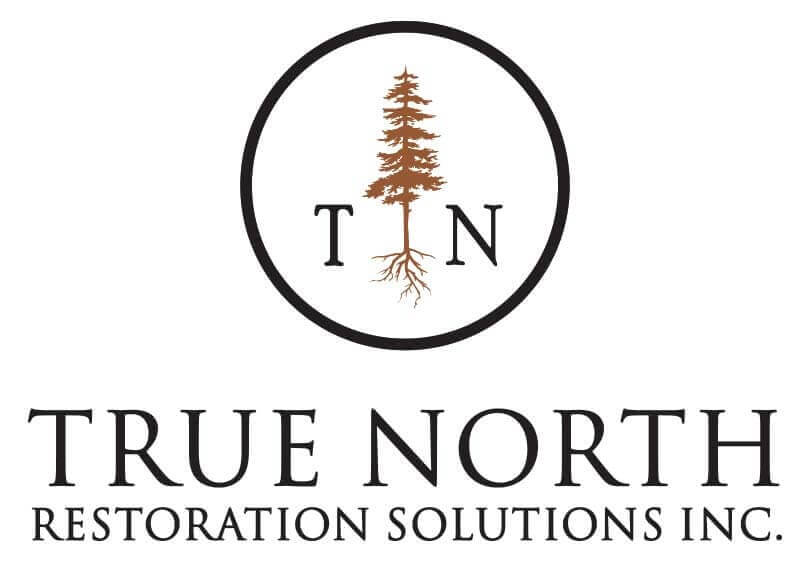Log Cabin Insulation | How to Properly Handle it
Log cabin insulation transcends mere comfort—it’s a cornerstone of sustainability and energy efficiency. Beyond trapping heat or cool air, insulation safeguards against moisture infiltration, mold proliferation, and structural degradation. It’s the invisible guardian that ensures the log home interior remains a beacon of warmth and tranquility amidst nature’s whims.
Exploring the Benefits of Log Cabin Insulation
1. Enhanced Comfort:
- Insulation transforms your log cabin into a cocoon of comfort, maintaining consistent temperatures regardless of external conditions.
2. Energy Efficiency:
- By curbing heat loss and gain, insulation slashes energy bills and reduces environmental impact, embodying a sustainable lifestyle choice.
3. Moisture Management:
- Effective insulation wards off moisture, thwarting mold, mildew, and wood rot, thus extending the lifespan of your cherished cabin.
4. Acoustic Comfort:
- Insulation acts as a sound buffer, muffling external noise and fostering serene living spaces conducive to relaxation and rejuvenation.
Who Benefits from Log Home Insulation Services?
These insulation services cater to a diverse audience, including:
- New log cabin owners seeking optimal comfort and energy savings.
- Existing log cabin dwellers grappling with high utility bills and comfort woes.
- Environmentally conscious individuals committed to sustainable living practices.
Unraveling the Tapestry of Insulation Materials
1. Spray Foam Insulation:
- With its expansive nature, spray foam insulation fills nooks and crannies, forming an airtight barrier against heat loss and moisture intrusion.
2. Fiberglass Insulation:
- Versatile and cost-effective, fiberglass insulation offers commendable thermal performance and ease of installation, making it a popular choice for log cabin owners.
3. Cellulose Insulation:
- Crafted from recycled paper fibers, cellulose insulation boasts exceptional thermal properties and eco-friendliness, aligning seamlessly with green building principles.
The Path to Log Cabin Insulation Excellence: Step-by-Step
1. Comprehensive Assessment:
- Conduct a meticulous audit of your log cabin’s insulation needs, identifying areas of concern and prioritizing insulation upgrades.
2. Material Selection:
- Choose insulation materials tailored to your log cabin’s construction, climate conditions, and budgetary considerations, ensuring optimal performance and longevity.
3. Methodical Installation:
- Adhere to manufacturer guidelines and industry best practices during insulation installation, focusing on proper sealing and moisture management to maximize effectiveness.
FAQ: Decoding Log Home Insulation Queries
What is the best insulation for a log cabin?
- The ideal insulation varies based on factors such as climate, budget, and personal preference. Options include spray foam, fiberglass, and cellulose insulation, each offering unique benefits.
How do you insulate the outside of a log cabin?
- Exterior insulation methods include installing rigid foam insulation boards or insulated siding to bolster thermal resistance and enhance energy efficiency.
How do you stop drafts in a log cabin?
- Combat drafts by sealing gaps with caulk or weatherstripping, fortifying doors and windows with insulation, and bolstering wall and ceiling insulation to minimize heat loss.
What do you treat the outside of a log cabin with?
- Protect the exterior of your log cabin from the elements with wood preservatives, stains, or sealants, safeguarding against moisture, UV damage, and insect infestation.
Embrace Comfort and Efficiency in Your Log Cabin
Log cabin insulation isn’t just a luxury—it’s a necessity for modern living amidst nature’s embrace. With Brad at the helm, drawing upon decades of expertise in log cabin restoration, you’re poised to embark on a journey of unparalleled comfort, sustainability, and serenity in your cherished log cabin retreat. For more services, check our True North Restoration GMB!
